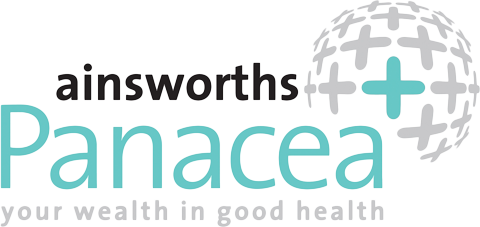You may have seen inflation in the headlines recently. While the cost of living rising is normal, the rate of inflation has increased over the last few months.
The Bank of England (BoE) has a target to keep the annual rate of inflation around 2%. However, the current rate of inflation is 4.2%, the central bank’s figures show. The rate of inflation used is the Consumer Price Index (CPI), which collects the prices of around 700 items. This is then used to calculate how prices have increased.
There are steps the BoE can take to reduce inflation. One of these is to increase interest rates. While there have been hints that interest rates could rise, the Monetary Policy Committee (MPC) decided to keep rates at historic lows in November. An interest rate rise would have been welcomed by many savers who have suffered from low interest rates for more than a decade.
With the MPC deciding to hold interest rates for now, it’s worth seeing if you’re getting the most out of your savings.
Most accounts will be offering an interest rate that is below the rate of inflation. Over the long term, this gap can mean your savings lose value in real terms. While the figure may grow as interest is added, inflation means that it will buy less. For short-term savings, inflation will have little affect but if you’re saving over several years, it can add up.
Are you getting the most out of your savings?
While you may not be able to change the interest rate, there are some steps you can take to give your savings a boost.
1. Take advantage of offers to move your account
Some banks and building societies offer new customers incentives to move. Taking advantage of these could give your savings a boost.
These incentives could be a one-off deposit to your account or a higher rate of interest for a defined period. Even a small incentive can help you keep up with inflation. Keep an eye out for offers that you’re eligible for. While switching accounts can seem like a chore, it’s often a simple process and banks can even transfer direct debits and standing orders for you.
2. Shop around for the best interest rate
Interest rates might be low across all providers, but there are still differences. Shopping around to find the best interest rate you can access can help you to close the gap between how much your savings are growing and inflation. As with the above, it’s often easy to switch your account.
3. Consider savings accounts with restrictions
Some savings accounts will offer a higher rate of interest but come with restrictions. This may include how much you can put into the account each month, or your savings being locked away for a defined period.
You should assess whether these types of accounts match your goals and would still leave you with an emergency fund. If they do, they can give your savings a welcome boost that could help you bridge the gap.
When to consider moving your savings to investments
As well as reviewing your savings, you should also consider if investing is right for you.
Investing does expose your money to some risk and volatility. However, if you’re saving for a long-term goal, it also presents an opportunity to earn returns that are higher than inflation to preserve your spending power.
If you have an emergency fund in an accessible savings account and your saving goal is more than five years away, investing the surplus savings may be right for you.
While all investments do carry some risk, the level of risk varies. So, it’s important to weigh up how much risk is appropriate for you. We’re here to help you understand investment risk and create a risk profile that matches your situation and goals. We’ll consider areas like your other assets and general attitude to risk.
If you’d like to discuss whether investing and getting the most out of your money, please contact us.
Please note: This blog is for general information only and does not constitute advice. The information is aimed at retail clients only.
The value of your investment can go down as well as up and you may not get back the full amount you invested. Past performance is not a reliable indicator of future performance.


